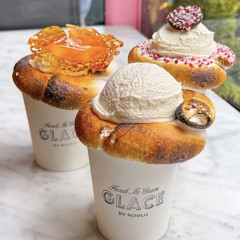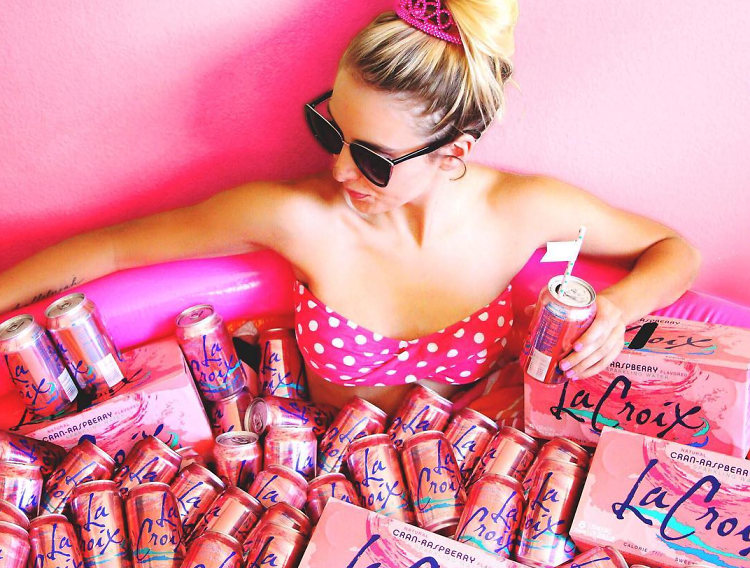
I, as a partial third party onlooker that avoids sparkling water lest she bloat perpetually, do not quite understand. I can read the scintillating, incredibly full love letter to LaCroix that the New York Times published back in 2015 and get misty-eyed at the author's remarkably human experience. I can look at Broadly's professional pics of Brooklynites lavishing in the Williamsburg Whole Food's wall of the stuff and breathe a relieved sigh that there is still that kind of understated, unabashed enthusiasm in the world. I can even look on in admiration at the multi-faceted community that has labeled LaCroix "theirs" and gawk at the amazing crossover of midwestern charm and feeble (yet endearing) attempts at nearly-european branding which is made especially obvious by the drink's name, officially pronounced "la croy," a mispronunciation of a French word, because it's a combo of the Wisconsin town and river, La Crosse and St. Croix).
But I can't quite participate in the fervor that has pushed good people (like undisclosed members of my immediate family) to dedicate half of their fridge to the faded-neon cans and walk around saying the word "pamplemousse" without even a hint of a chuckle interrupting these, the silliest three syllables ever. As such, I wonder how this all came to pass. How this sparkling water that (as I've found in my limited interaction with it) tastes much like other sparkling waters, migrated from the fridges of midwestern suburbs to the walls of Williamsburg markets.
After its coastal migration, LaCroix is now the center of a huge cultural thing; and highly visible publications like Vox and Refinery29 (plus a rapper, one Rakeem) have really solidified the movement. So click through to figure out how it all happened if you have yet to decide how to handle this.
[Photo via @awhimsywonderland]

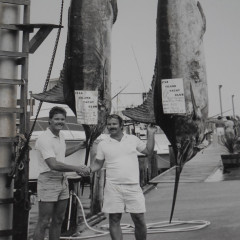
.jpg)
.jpg)
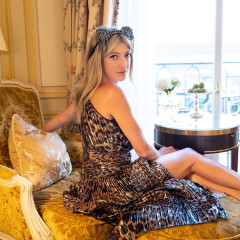
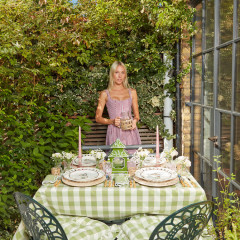
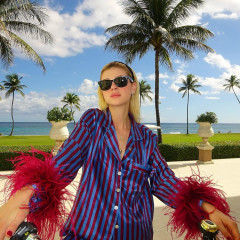
.jpg)
.jpg)
.jpg)
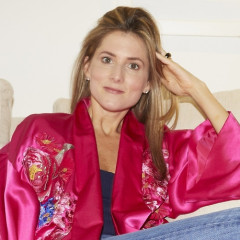
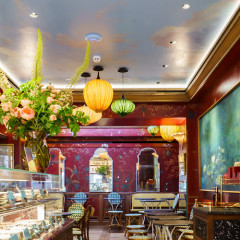
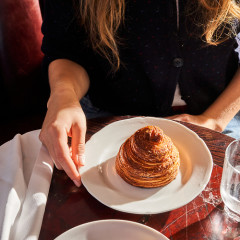
_amber_guinness.jpg)
